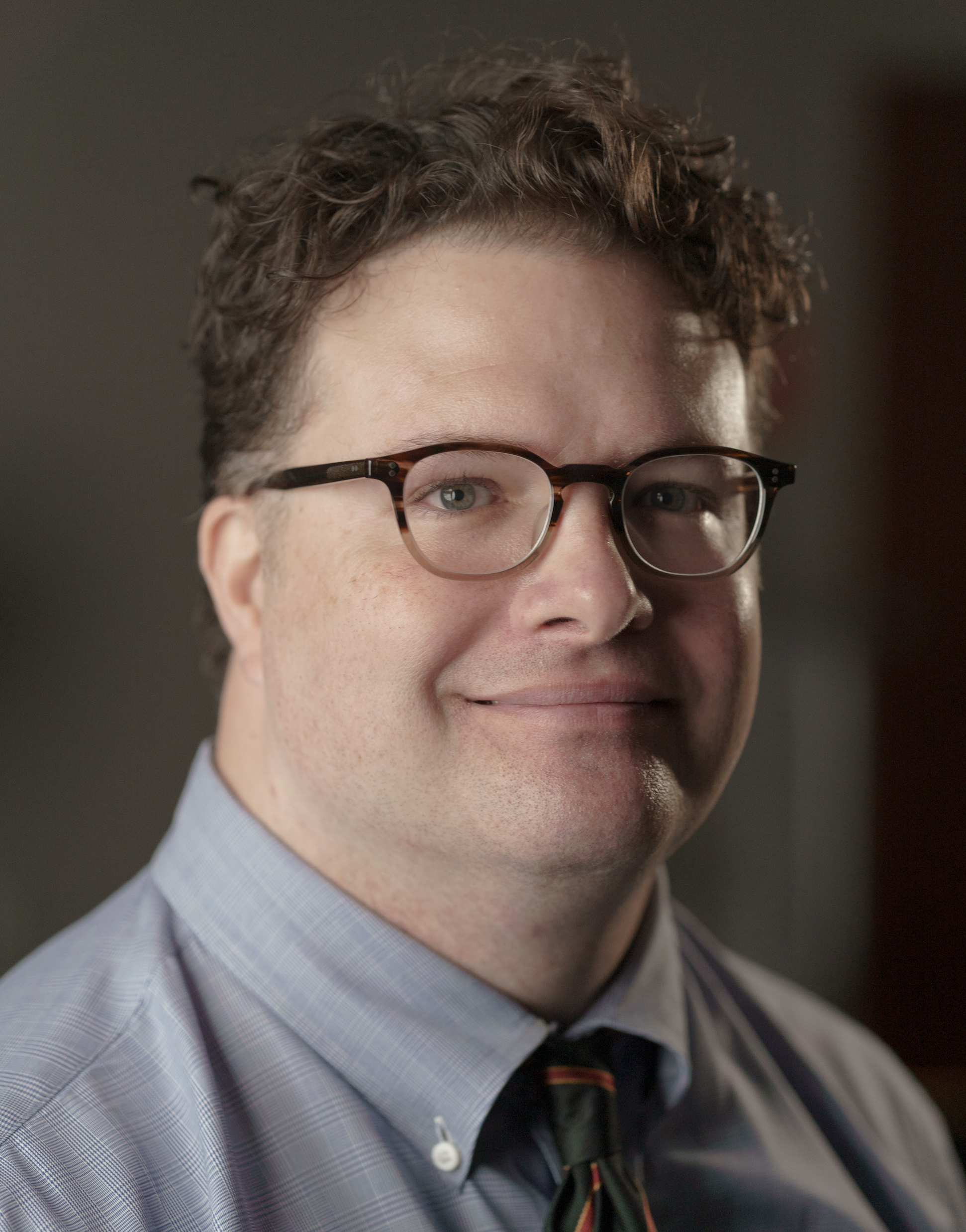
Brief Biography
Dr. McKay is an Associate Professor at Emory University School of Medicine, with appointments in Biomedical Informatics and Neurology. He co-directs the Emory Brain Health Center Motion Analysis Lab and holds a Ph.D. in Electrical and Computer Engineering from Georgia Tech. His research focuses on movement disorders, particularly Parkinson's disease, and he maintains one of the largest repositories of full-body behavioral data for movement disorders patients. Dr. McKay has authored numerous papers in neuroengineering, rehabilitation, and Parkinson's disease, emphasizing interdisciplinary collaboration between engineering and clinical research.
Full CV
Dr. Mckay's most up-to-date CV is available
here.
Disclosures
Dr. Mckay provides clinical research consulting for
BioCircuit Technologies.

